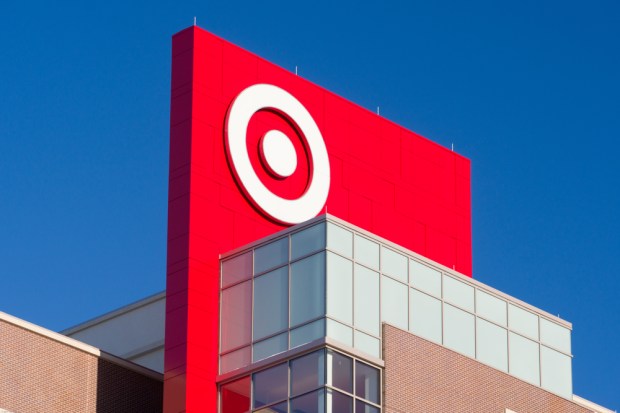Playing Chess With Amazon: Target’s Competitive Strategy

They say it’s healthier to eat several small meals throughout the day instead of two or three big ones. Can the same logic be applied to shipments? That is, can several small deliveries serve a store better than one big truckload — even when the store is playing dual roles as a physical retail distribution space and a fulfillment center for digital orders?
This type of as-needed, integrated supply chain is what Target is trying out at its 718,00-square-foot Perth Amboy, New Jersey facility, dubbed “the flow center,” as a means of accelerating its replenishment cycle from days to hours. If it works, the system will enable the big box retailer to reduce inventory at brick-and-mortar locations because it will be able to restock shelves on-demand in a matter of hours, focusing on items that are truly in demand while reducing backstock of ones that are not.
That space at brick-and-mortar locations can then be reallocated to fulfilling digital orders rather than shipping those from the warehouse, which the company says will reduce costs and enable it to respond faster to “buy online, pick up in store” orders. Shipments can be sent directly to the floor where they’re needed, or to a packing center for neighborhood delivery.
“Shipping more orders from our stores reduces our cost, while allowing us to move faster,” Target COO John Mulligan said during a March conference call. “Speed is the part our guests will notice.”
Target’s Long Game
This close hybridization of distribution and fulfillment centers has been an ongoing project for Target, which is investing $7 billion across its physical and digital stores, according to the Wall Street Journal. Nearly 70 percent of Target’s online volume was fulfilled by stores — not shipped from warehouses — during the 2017 holiday season.
The company’s recent $550 million acquisition of Shipt will play a significant role in continuing to rise to meet fulfillment demand, thanks to the grocery delivery startup’s same-day delivery capabilities. Target also invested in a new warehouse management system to integrate distribution and fulfillment at stores that run both operations out of a single building.
Target also acquired the transportation tech company Grand Junction and has launched a next-day delivery service called Restock, which delivers household essentials the next day and was created to help the retailer stay competitive against Amazon Prime, Biz Journals adds. In fact, a former Amazon supply chain executive, Arthur Valdez, has been spearheading these efforts.
Urban small-format stores with slow-moving items stand to benefit most from the experimental model. There is not enough space at these locations to offload and store inventory in back rooms until it is needed. Instead of replenishing shelves with cases, Target has very deliberately reduced back-room backstock while simultaneously increasing sales by reducing out-of-stock scenarios.
Bricks In The Wall
Last month, Target expanded its “Drive Up” service across Florida, Texas, Alabama, Georgia, Louisiana, Mississippi, Oklahoma and South Carolina after piloting the pick-up service in Minneapolis since last fall. Customers using Target’s app in those markets can choose Drive Up as a fulfillment option and, within two hours, will receive a notification that their orders are ready. After indicating they are on their way, customers can roll up in their vehicles and a store associate will bring the orders out to their cars.
Currently available at 270 stores, Drive Up is slated to expand to 1,000 locations nationwide by the end of 2018, according to industry news source Chain Store Age.
Target is also reportedly expanding delivery offerings for urban shoppers, enabling more customers to have orders delivered to their homes after making their purchases in-store. These deliveries are pushed out within two hours and are dropped off by the store’s dedicated driver for a service fee of $7 (more for large items such as furniture). The offering was piloted in New York City last year, and has now rolled out to 60 urban stores in New York City, Boston, Chicago, San Francisco and Washington, D.C.
A True Contender In The Race Against Amazon
A few hundred stores out of Target’s 1,829 U.S. locations may seem like just a drop in the bucket, leaving the discounter with a long road ahead. These recent expansions, combined with the company’s latest announcement around distribution and fulfillment, certainly send a clear message that Target is doing everything it can to keep abreast of the competition, however.
From big box names like Target down to mom and pop stores, moving from traditional retail into omnichannel stands to drive some benefits, including reduction of risk margins. But getting there means aspiring to Amazon-like levels of service and product arrays, and only a few are poised to achieve that. Target’s latest moves indicate that it is determined to be among them.
